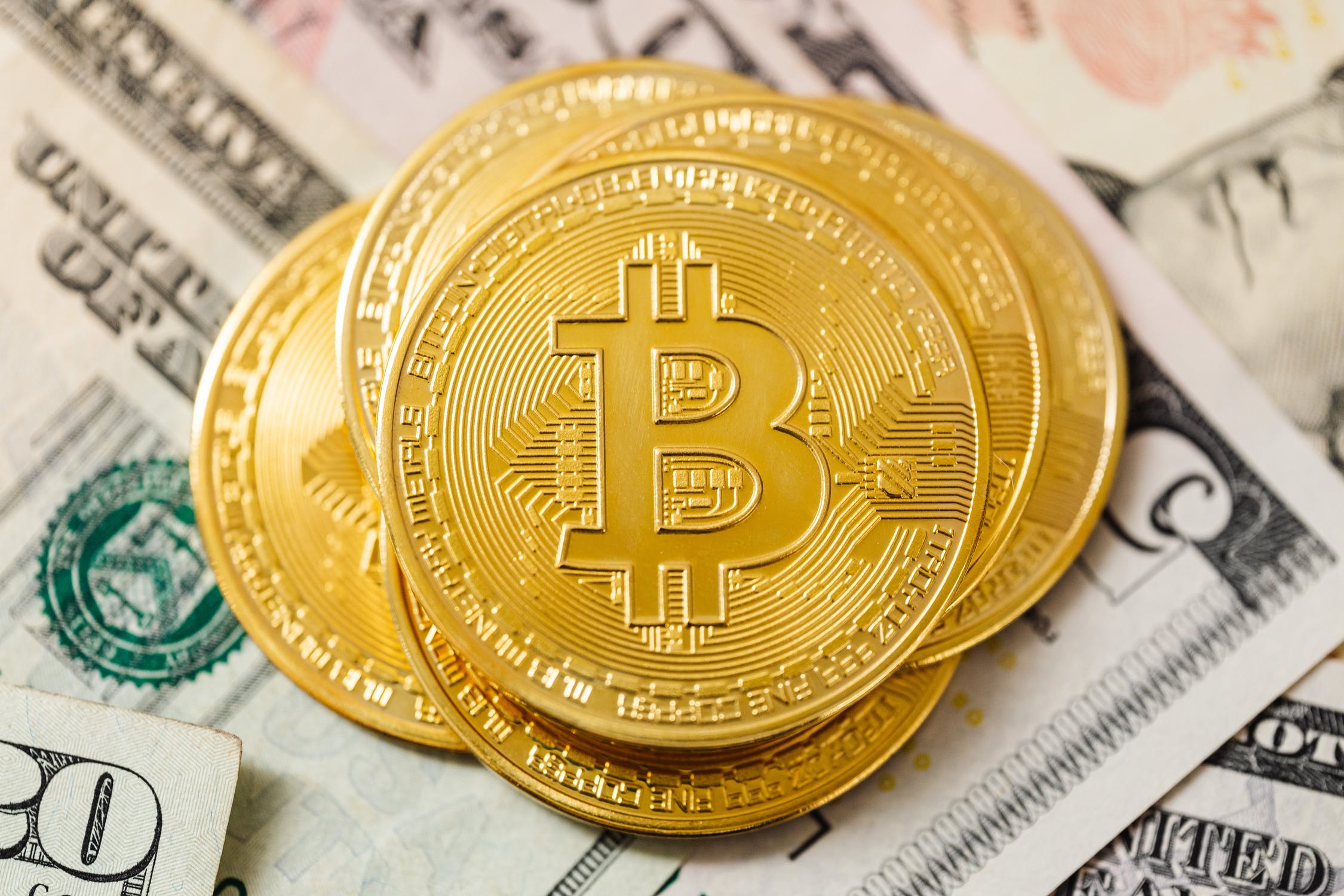
Monetary policy refers to central banks’ decisions to influence the price of money and the amount of money in the economy. In practice, this means decisions on interest rates and increasing the amount of money in circulation. The absolute strength of the world’s largest cryptocurrency, bitcoin, is its unchanging monetary policy. This article aims to discuss the monetary policy practiced by central banks and explain how it differs from bitcoin’s monetary policy.
What is monetary policy?
Monetary policy in the euro area is the responsibility of the European Central Bank (ECB). The central banks of all countries of the eurozone are involved in the preparation, decision-making, and, ultimately, implementing the euro area’s monetary policy.
The main objective of the ECB’s monetary policy is price stability. In practice, price stability means keeping inflation as low as possible and fighting deflation. In addition to price stability, the ECB’s monetary policy goals are, e.g., supporting employment and economic growth. The ECB pursues its goals mainly by regulating interest rates. The ECB is also able to control the number of euros in circulation if it so wishes. It is suitable for people to remember that central banks will never run out of money. New money can be put on the market whenever needed without any apparent maximum amount.
In recent years, the ECB has also pursued an increasingly accommodative monetary policy. The ECB’s accommodative monetary policy has aimed to support the euro area economy during a corona crisis. Due to an exceptionally generous stimulative monetary policy, the amount of euros in circulation today is higher than ever before. It will be interesting to see how long the ECB will continue its exceptional stimulus operations.
Thanks to the accommodative monetary policy, the economic impact of the coronavirus has been smaller than feared. However, there are fears about how the growing number of money in the economy will be reflected in the euro area in the future. If inflation in the euro area rises above the ECB’s long-term inflation targets, the ECB might have to raise interest rates to curb inflation. By raising interest rates, it is possible to reduce the amount of money available in the economy.
However, it is good for everyone to remember that people, companies, and governments have recently become indebted faster than ever before. The consequences of rising interest rates could then be very dramatic.
The corona crisis has shown that it is impossible to predict central banks’ monetary policy for several years to come. For example, no one can say with certainty when the next global pandemic or economic crisis will strike. Central banks need to adapt their monetary policy to the current situation.
Bitcoin and unchanged monetary policy
Bitcoin is the world’s oldest and most popular cryptocurrency based on blockchain technology. Bitcoin’s blockchain is fully decentralized, and no single party can influence bitcoin’s operations.
Between 2007 and 2009, the world was shaken by an unprecedented financial crisis, resulting in shallow confidence in centralized monetary systems and banks. Bitcoin’s blockchain began operations in 2009, at a time when the need for a new type of fully decentralized currency system was enormous. The reasons behind the previous financial crisis have not disappeared today, and the popularity of bitcoin has grown steadily since 2009.
One of the key features of bitcoin is its unchanging monetary policy. Bitcoin’s monetary policy has been programmed into its protocol early and cannot be changed afterward. Bitcoin’s unchanged monetary policy creates predictability for bitcoin that is not possible in any other asset class.
In the case of bitcoin, unchanged monetary policy means that the monetary policy decisions concerning bitcoin have been programmed into the bitcoin protocol already at its establishment stage. These decisions are visible to everyone who wants to watch them. It is also not possible for any party to influence Bitcoin’s monetary policy. Monetary policy decisions made during the time of establishment will also remain in the future.
Central banks can influence the amount of money in circulation at any given time. Recently, central banks worldwide have been putting new money into the market at an exceptionally fast pace. However, increasing the amount of money in the economy will inevitably lead to a fall in the value of money in the long run, i.e., inflation. On the other hand, Bitcoin’s monetary policy is the complete opposite, and Bitcoin is highly resistant to inflation.
Bitcoin’s inflation rate is currently only 1.8%. The Bitcoin protocol is programmed to halve the number of new bitcoins entering the market in every four years. Naturally, the future halves of bitcoin will also lead to a halving of the bitcoin inflation rate. The number of bitcoins will increase annually until all 21 million bitcoins have been mined. However, the growth of the number of bitcoins in circulation will slow down so much that in the future, the inflation rate of bitcoin will decrease to almost non-existent.
Thanks to its unchanged monetary policy, Bitcoin is a much better custodian than traditional currencies, and no one can influence bitcoin’s monetary policy with its own decisions. With their monetary policy decisions, central banks can destroy the value of traditional currencies in the long run, but they cannot influence bitcoin operations. Bitcoin’s unchanging and pre-defined monetary policy provides people with exceptional predictability and certainty.
Anyone can find out how many bitcoins there are on the market, for example, in 10 years and what the percentage of bitcoin inflation is at that time. The situation is quite different for traditional currencies managed by central banks. No one can say with certainty how much new money will be in circulation in the future. Above all, Bitcoin is an alternative to centralized systems, in which one party can manipulate the amount of money available at a time.
Mikko Soon
Cryptocurrency specialist
Last updated: 10.03.2022 14:52



